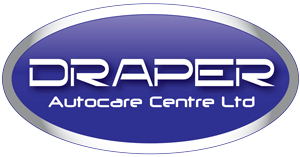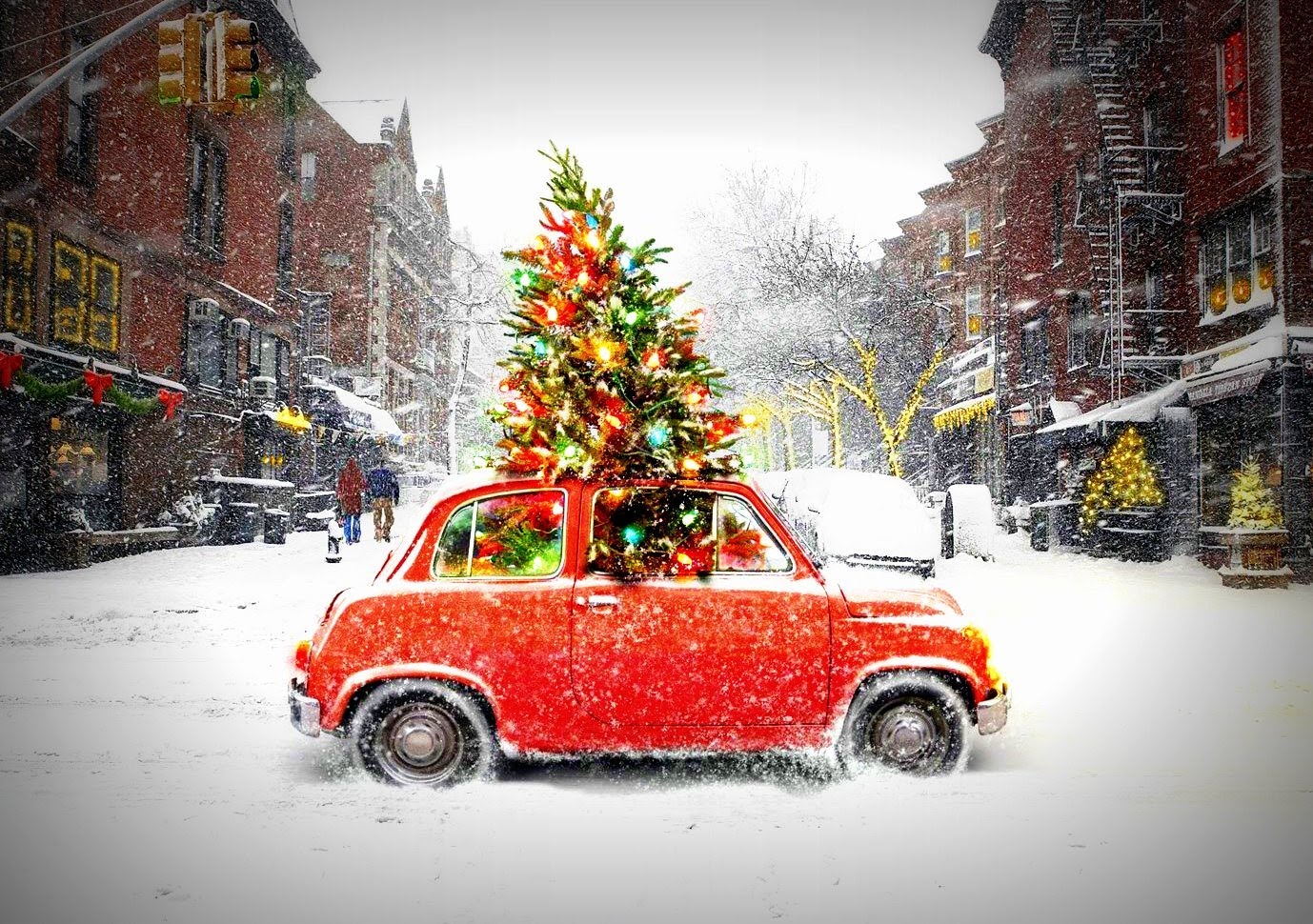Driving Home for Christmas
Chris Rea might have sung fondly of driving home for Christmas but for most families it is a necessary evil.
According to the AA, which surveyed its members, about 6.7 million journeys of 20 miles or more are expected be made on Christmas Day.
The busiest day of the festive period is expected to be 18 December, when schools break up for the holidays.
Follow our checklist to be safe to enjoy your Christmas break journey! A week before you go, it would be a good idea to check:
1. The Coolant
Most new radiators have overflow bottles with min/max water levels, which are easy to find. Older cars fill via the radiator cap. NEVER open them while the engine’s hot or running. Top up with a 50/50 mix of water and antifreeze (tap water’s OK in a pinch, but add antifreeze later).
2. The Tyres
The minimum legal tread depth is 1.6mm across the central ¾ of the tyre, all the way around. Less can earn you three points and a £2,500 fine per tyre. Stopping distances and the risks of aquaplaning leap as tyres wear, so make sure you’re legal – and safe.
Get the pressures right at a garage. If they’re wrong you’ll burn more fuel, wear the tyres and suffer poor handling. Open the driver’s door and look at the chassis – pressures should be listed on a sticker. Contact the manufacturer if not.
3. The Spare Tyre
There’s little worse than having to change a wheel, only to find the spare is missing, flat or damaged. Also check the jack, its handle and the wheel brace are there and fit your car!
4. The Engine Oil
Without oil your engine will overheat, weld itself together and self-destruct. With the engine cold and the car level, check the dipstick. Top up as necessary via the cap at the top of the engine, and give the oil time to run down to the sump before rechecking the level. DON’T overfill.
5. The Windscreen Washer Bottle
It’s no fun peering through two arched smears of exploded summer flies – top up your washer bottle before you leave. You can use water, but the stuff in garages contains antifreeze, detergents and, well, smells nice!
6. The lights
Go through all your lights – indicator, brake, dip, full beam, fog and so on – one by one. Either get a friend to watch for blown bulbs, or park by a white wall or shop window one night to see them yourself.
7. The Fan Belt
Check for cracks in the rubber or excessive play. A prolonged shrieking while you’re driving means either it’s loose and slipping, or you’ve got kids.
8. The Hoses
Park up on a patch of tarmac you know is clean, then check underneath for oil or water leaks after a few hours. Even a small leak can lead to dangerously low fluid levels on a long journey.
9. The Boot
Is it full of boxes, moulding sports equipment and a baffling array of junk that’s never quite made it into the house? Now’s the time to clear it all out – hauling unnecessary weight wastes fuel.
10. The Sat Nav and Map
Sat navs are great, but paper works when it’s flat…
Image cortesy of Chris Rhea – Driving home for Christmas

